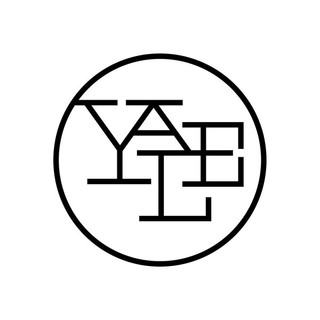Spotlight Artist: Paul Rand and the Corporate takeover of American Modernism
- Jeff Hall
- Mar 20, 2022
- 2 min read
The stylistic influences of Modernism and The International Style on American graphic designers may have originated in the avant garde artistic movements of European Futurists, the Constructivists or the designers of the Bauhaus, but the social utopianism of those movements never reached the United States.
Ironically this style was used by postwar global capitalists to promote their large multi-national corporations. The abstraction and simplicity of this style worked well as a unifying language of corporate identification across continents. (http://www.designhistory.org/PostModern_pages/EndInternational.html)
Laszlo Moholy-Nagy, describing Rand: "He is a painter, lecturer, industrial designer, [and] advertising artist who draws his knowledge and creativeness from the resources of this country. He is an idealist and a realist, using the language of the poet and business man. He thinks in terms of need and function. He is able to analyze his problems but his fantasy is boundless." Paul Rand is one of the most famous and recognized American designers of the 20th Century. His ideas, philosophies and approach continue to be a large part of the fundamentals of design taught in education programs across the world.
His early career was spent working for Apparel Arts and Esquire magazines and then joining the Weintraub agency. He was so successful that after a few years he demanded twice the pay for half the time, and got it. His relentless passion for corporate identity helped shape the American business landscape in the 1960s. The height of corporate identity design owed much to the unwavering pursuit of Paul Rand to make advertising more than just billboards. He worked in the field until the day that he died, at the age of 82.
(from http://www.designishistory.com/1960/paul-rand/)
Links
Essential Questions
How are Rand's designs Modernist?
How is it different from the European Modernists we've already looked at?
After reading the article titled The Politics of Design, what are three key ideas that stand out to you? Why?
Video
















































Comments